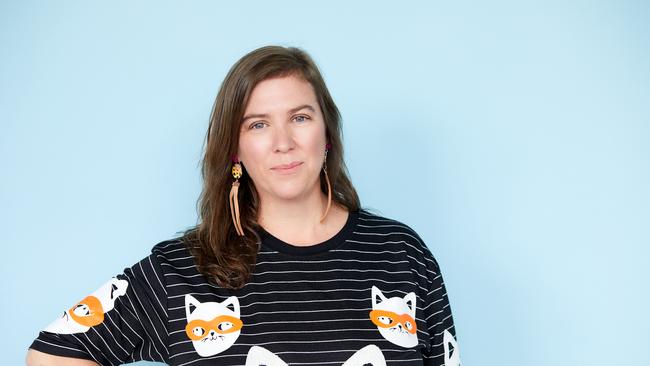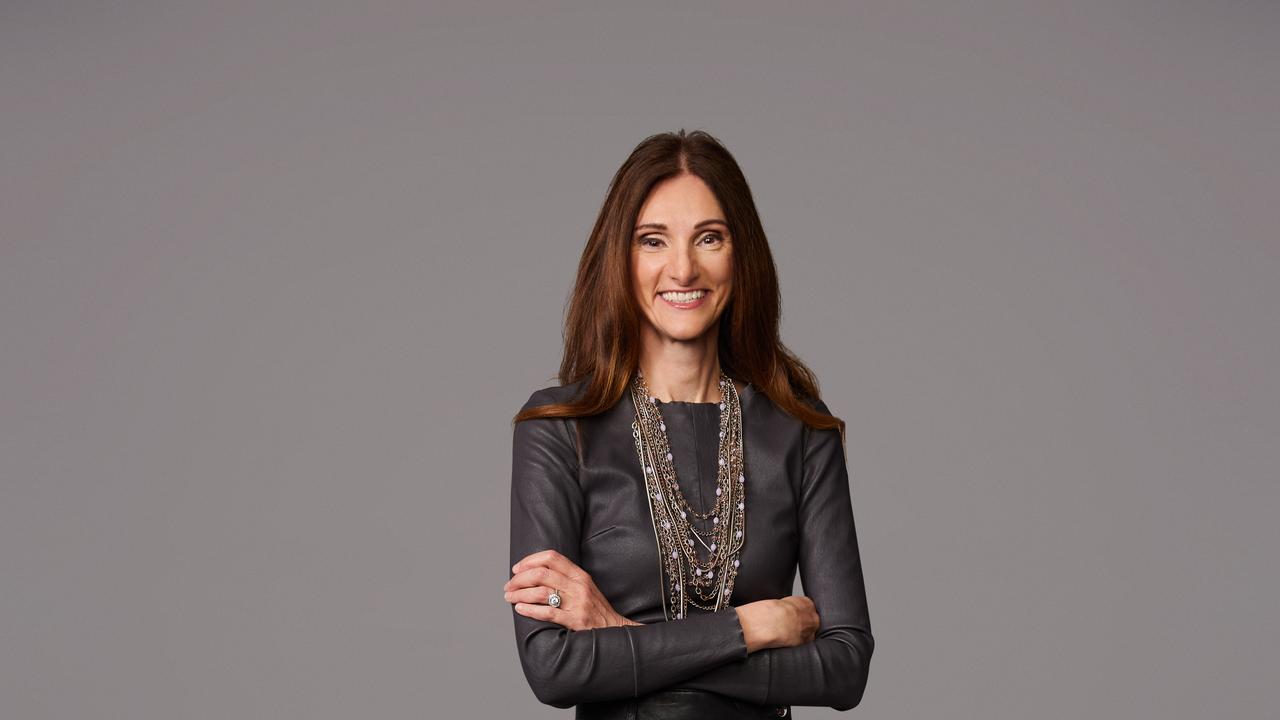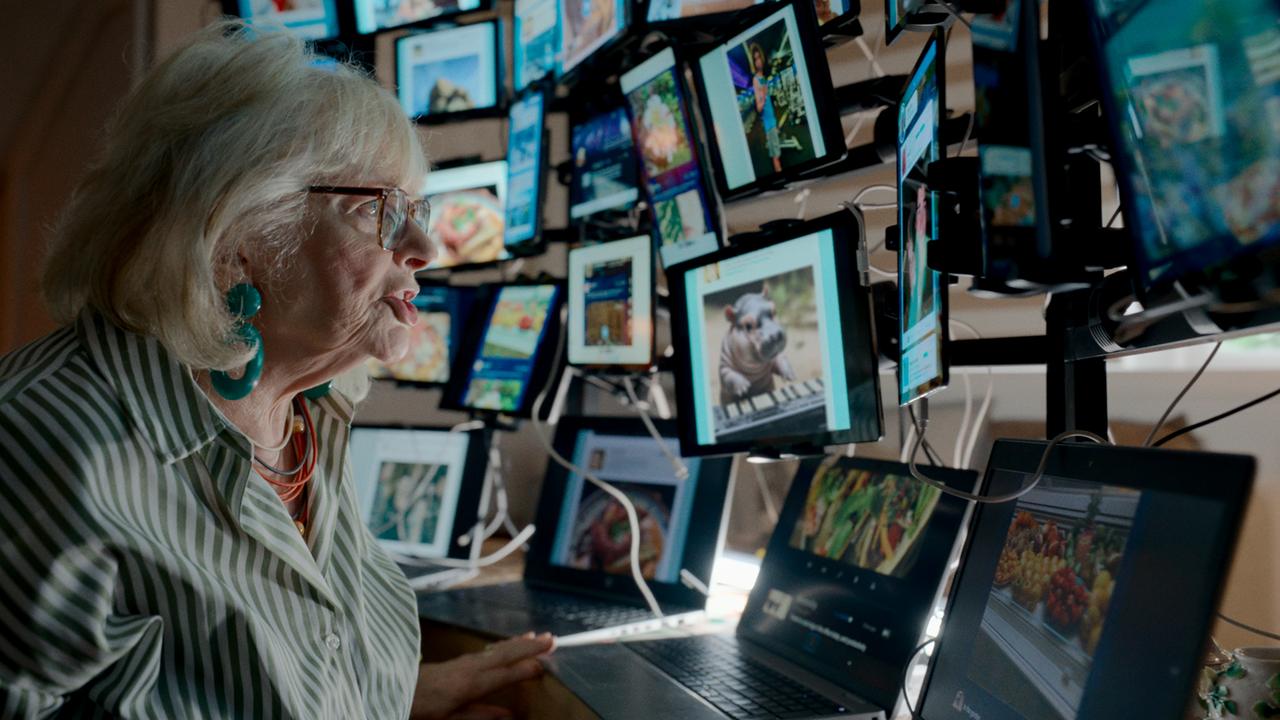Inclusive advertising is good for sales and profitability
Inclusive advertising is not just good to engage the woke brigade, it actually helps drive sales and profitability for businesses, argues Jess Lilley.

The “leading with purpose” crowd don’t get too many “I told you so” moments when it comes to discussing the profitability of global brands. So bear with me as I bring you the findings of a landmark study that offers definitive proof … one second while I grab my megaphone … that being inclusive isn’t just good for the feels, it’s also really good for business.
The Oxford University study detailed in the Inclusivity Equals Income report by the Unstereotype Alliance tracked the impact of inclusive advertising across 392 brands in 58 countries. It looked at profitability, sales and equity metrics across a huge range of consumer categories – from chocolate to beauty, pet care to healthcare, alcohol to household products.
Through all phases of consideration, trial and loyalty, researchers found that brands whose advertising included genuine and authentic portrayals of real people consistently performed better across the board. They also found that being inclusive significantly impacted a brand’s perceived value, translating to 54 per cent higher pricing power. That’s how much people appreciate seeing themselves authentically represented by brands they’re going to spend their money with.
But Jess, I hear you say, times are tough, the world is a mess, the last thing everyone needs is a sea of wishy-washy, achingly self-conscious ads. Well, breathe easy, dear reader, because it appears every little effort is rewarded.
In a clawback to the “go woke, go broke” crowd, inclusive brands saw an immediate sales bump of 3.4 per cent in the short-term. But it’s when you stay the course that things get interesting. The long-term figure grew to a tidy 16.26 per cent.
And therein lies the rub. Green washing, pink washing, social washing and diversity-lite will be sniffed out by any astute audience and ultimately given the thumbs down (just ask Pepsi and Kendall Jenner). Because it’s true, the world does not need a sea of wishy-washy, achingly self-conscious ads. But that’s okay because that’s not what being inclusive is about. When brands show a breadth of humanity in all its realness, messiness and humour it makes for more original, charming and effective campaigns.
There is an easy way that brands can make their advertising more inclusive today … ditch the stereotypes.
The Women’s Health Victoria’s shEqual project reviewed hundreds of recent Australian ads and found some stubbornly persistent gender stereotypes. Women still perform most of the caregiving, and advertisers can’t seem to break up with an Aussie bloke trope that has remained mostly unchanged for decades. Research tells us these stereotypes can do real harm.
In working on this project we also found a lack of diversity behind the scenes, which can contribute to less authentic and inclusive storytelling on screen.
We analysed the credits of 50 campaigns promoted to advertising industry trade publication AdNews in June and July for gender representation across key creative roles. Women made up only 12 per cent of agency creative leadership roles (such as chief creative officer or creative director), 22 per cent of directors and 25 per cent of stills photographers.
Wondering why it matters to the work? Here’s an example. When the Department of Social Services’ Consent Can’t Wait campaign appeared a few months ago, it immediately grabbed my attention. It felt genuine, fresh and powerful. I went straight to the credits and found a female creative director, female director and female editor. Diverse points of view won’t just make your advertising more inclusive, it will make the storytelling stand out.
Gender aside, we know from the 2024 Advertising Council of Australia Create Space Census that there is a real lack of cultural diversity in advertising leadership, as well as neurodiversity and people living with disabilities – which represents a disconnect with the broader community, given over 50 per cent of Australians were either born overseas or have a parent born overseas, 20 per cent live with a disability and some 15 per cent are neurodivergent. It’s difficult to create authentically inclusive advertising without these voices in the room.
We definitely didn’t build The Open Arms around values of diversity and inclusion because we heard the ca-ching of cash registers. But “good for people is good for business” is a mantra we’ve been repeating since we opened our doors. So it’s nice to see data back up what we instinctively know to be true.
I hope it’s enough for more brands and creative agencies to make space at the table to include all kinds of voices in their campaigns.
Jess Lilley is co-founder and creative partner at The Open Arms.


